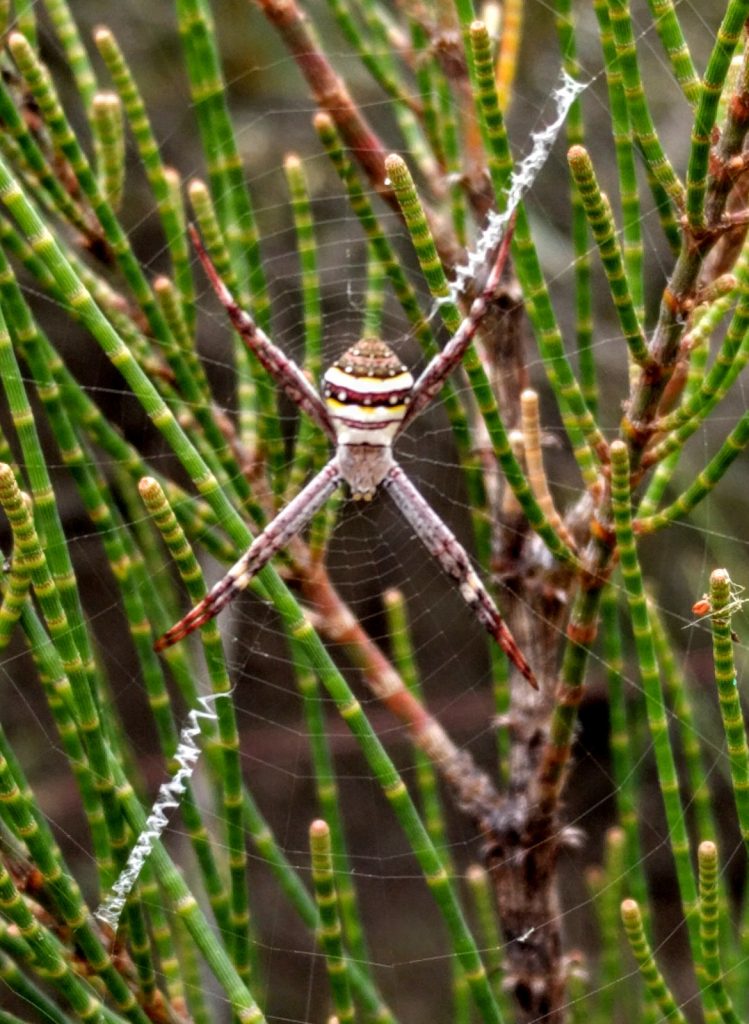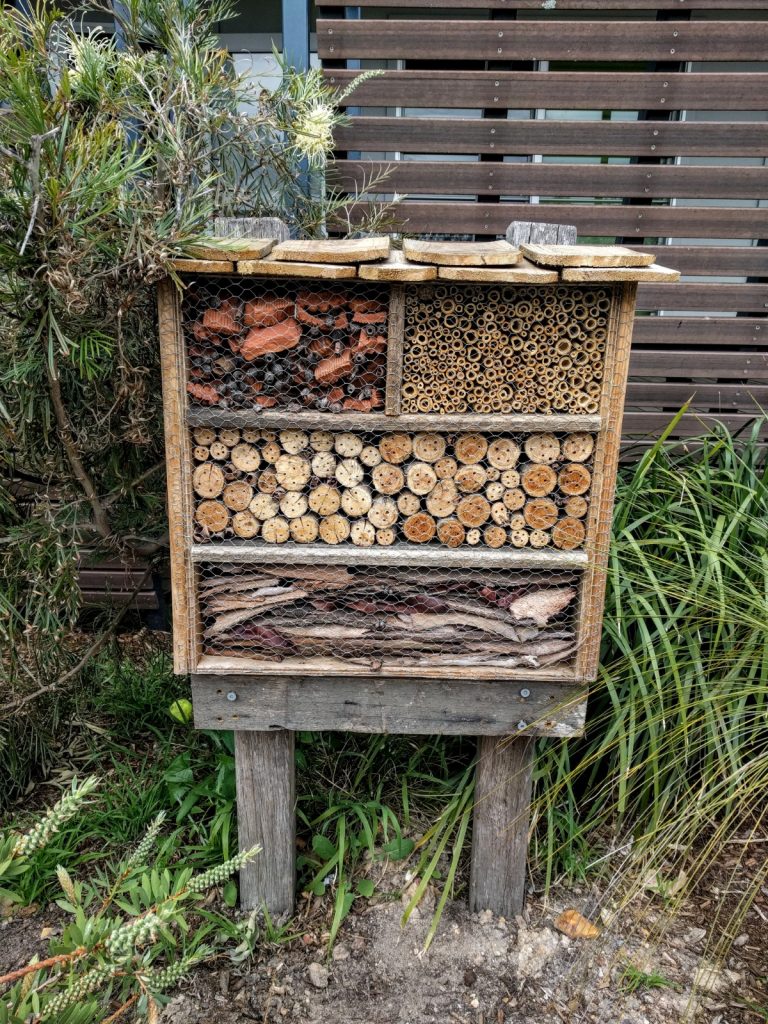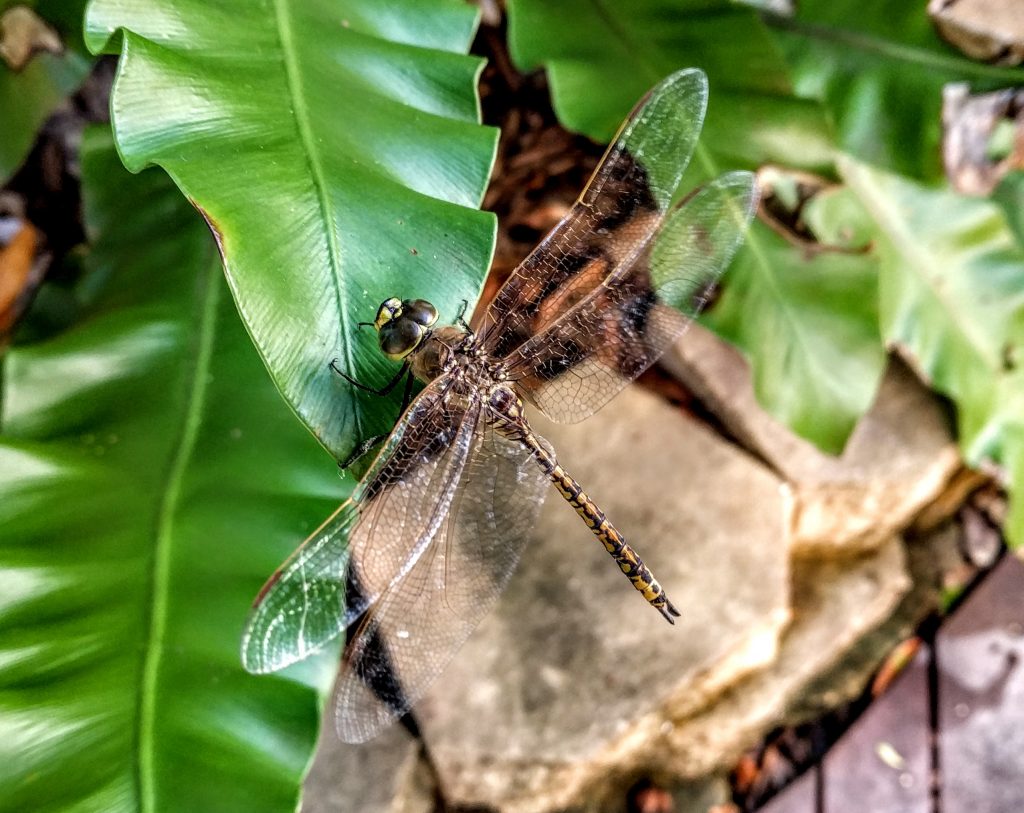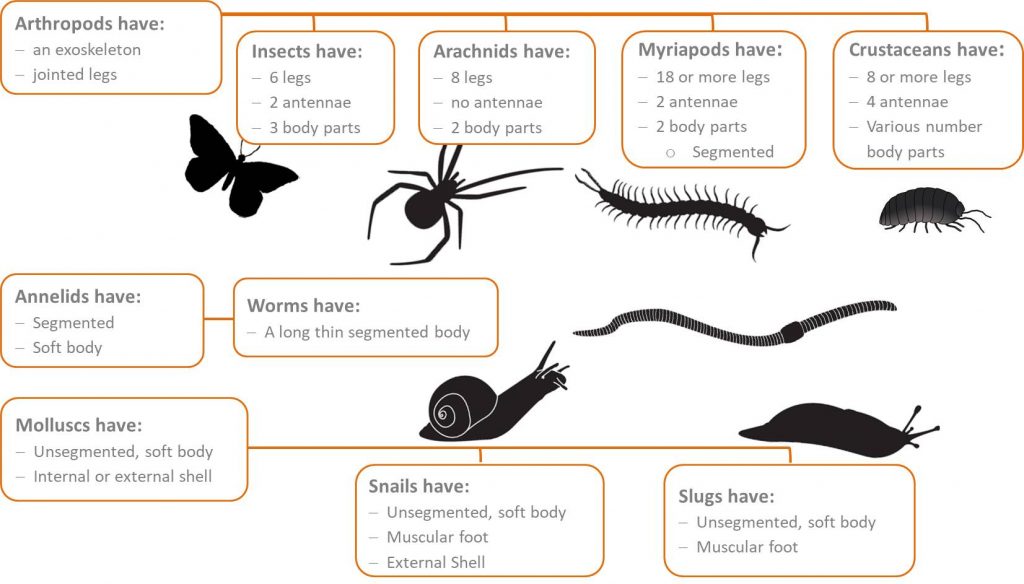Not all minibeasts are pests. Good bugs pollinate plants, break down dead flora and fauna, aerate the soil and are food for other wildlife. They can even help keep harmful pests away. Create an inviting environment for good minibeasts by planting plenty of native plants, wildflowers and herbs and use chemical-free pest control when the pests do creep in.



Minibeasts is a useful term to use when generally describing a broad group of small animals. However, it is more scientifically accurate to classify the animals as invertebrates in the phylums arthropoda, annelida and mollusca. The diagram below shows the scientific criteria used for classifying various ‘minibeasts’ into the large group and the smaller sub-groups.
Discover what Minibeast live in your backyard
Use these techniques to discover what invertebrates call your backyard home. Use a combination to determine the diversity of invertebrates in your local area.
- Pitfall traps sampling involves placing a small container buried to ground level so that it can collect anything that falls into it. This is a commonly used technique that catches large amount of material for very little effort. Common species found with this method include ants, spiders and beetles. This test is also very easy to standardise.
- Leaf Litter sorting involves collecting leaf litter then sifting through the material to find the invertebrates. Protective clothing should be worn, sample sizes should be the same and equal lengths of time should be spent sifting the leaf litter samples.
- Beat sampling is probably the most widely used technique for collecting invertebrates from vegetation. This is a good technique for collecting beetles, ants, bugs and spiders. Use a sturdy stick is used to beat the vegetation, stunning the invertebrates. They can be collected in a light colour shallow bag or off a drop sheet.
- Dip Netting is the simplest and most effective technique for collecting aquatic invertebrates. Nets can be used to collect from shallow and reedy areas. Organisms are put in a bucket or container along with water from the creek or pond to be identified.
Learn more about your local minibeasts
Minibeasts in your Garden resources
Attracting Wildlife to your backyard
Attracting birds to your backyard
Attract birds to your backyard by creating a garden that will provide food, shelter and nesting materials and sites. Local flowering plants and fruit trees provide birds with nectar and seeds. To provide birds with some protein rich food, use mulch to encourage worms, insects and grubs to thrive. Plant dense prickly native shrubs for shelter, hang up nesting boxes and install a bird bath.
Create a frogs friendly backyard
Encourage frogs to come to live and breed in your backyard. Create a small shallow pond in an area that is partly shaded. Include thick ground hugging plants around part of the pond to provide areas of warmer and cooler water. Your pond will need some sunlight to encourage algae and other plants that provide food for tadpoles. Make sure the banks slope gently so that the frogs can get out. Add some rocks and logs to provide shelter for adult frogs.
Find out what else you can do to create a wildlife friendly backyard with the What’s in your Backyard activity series.


